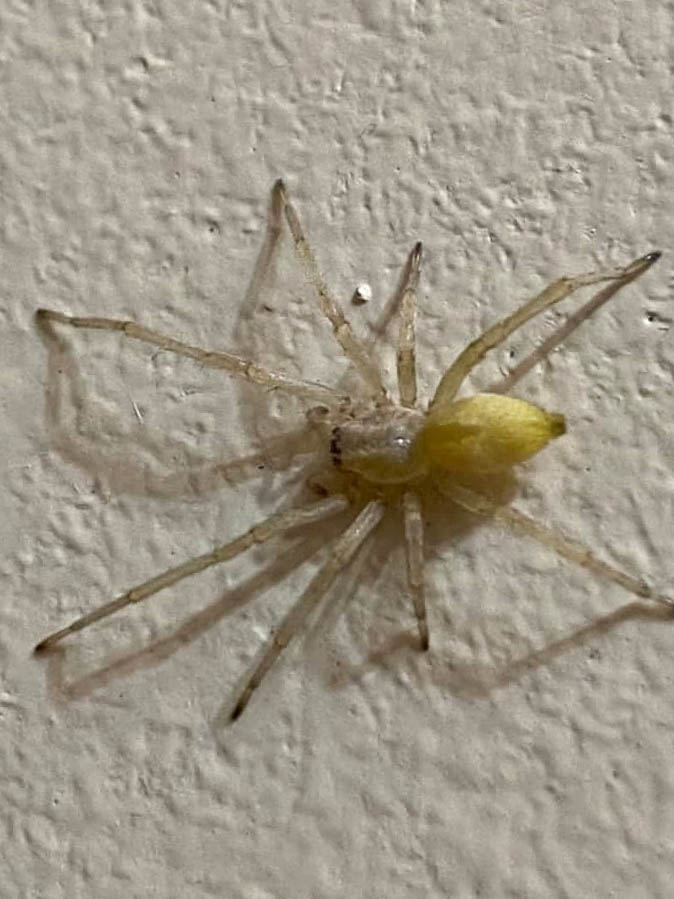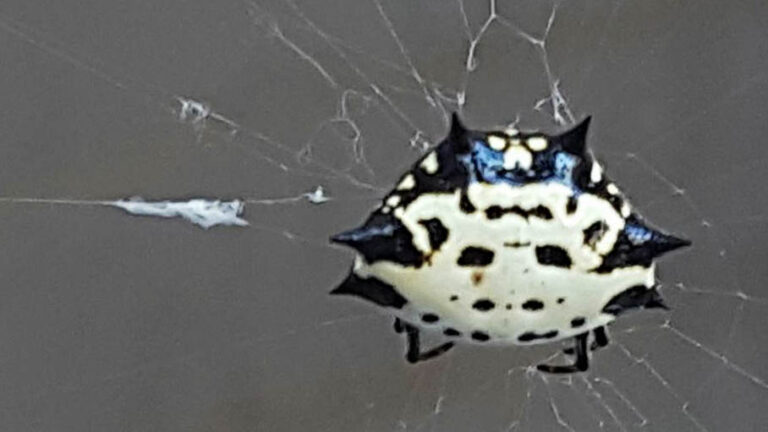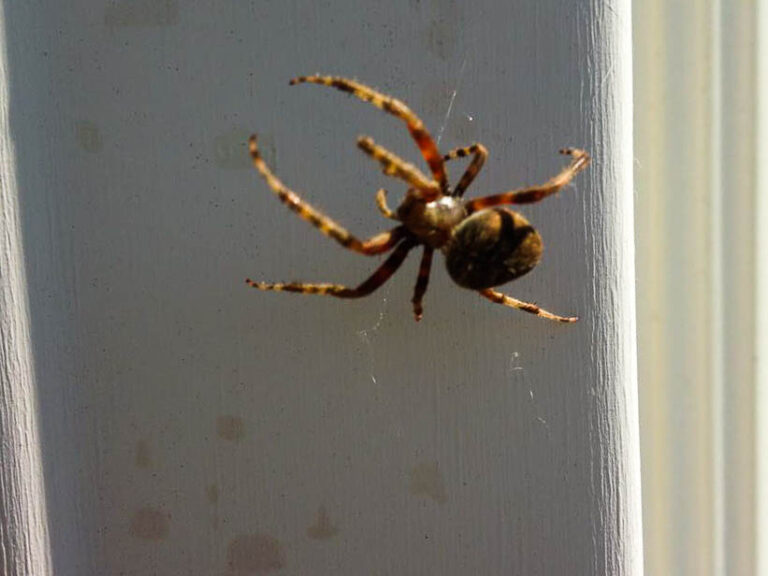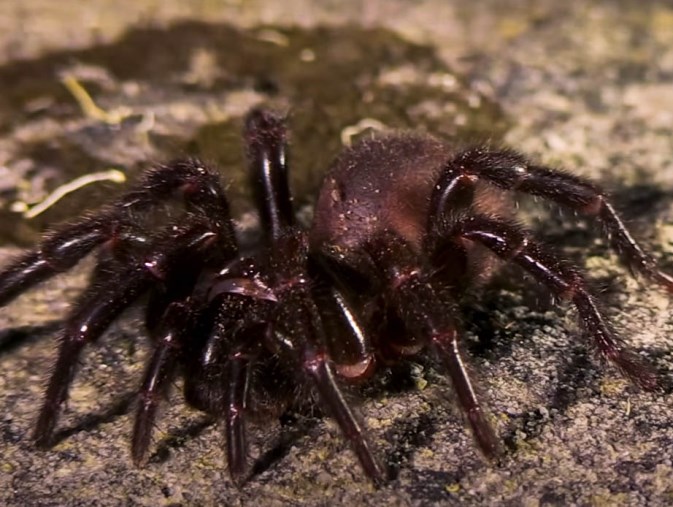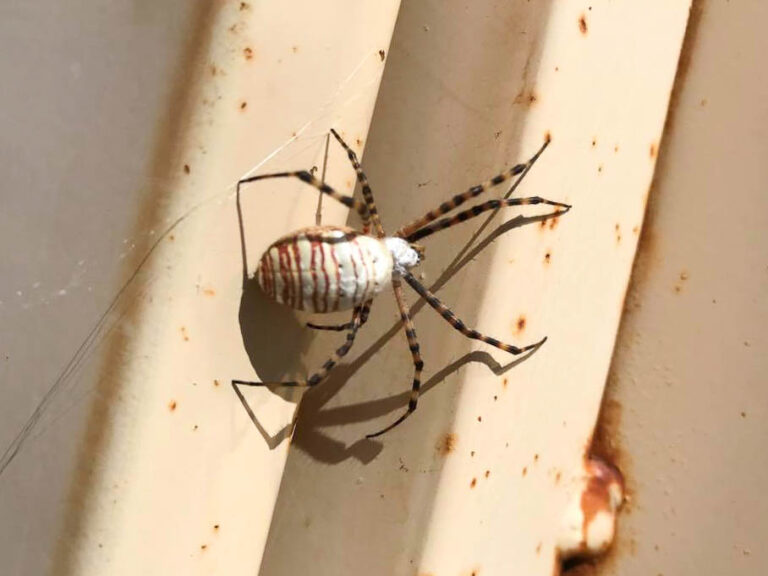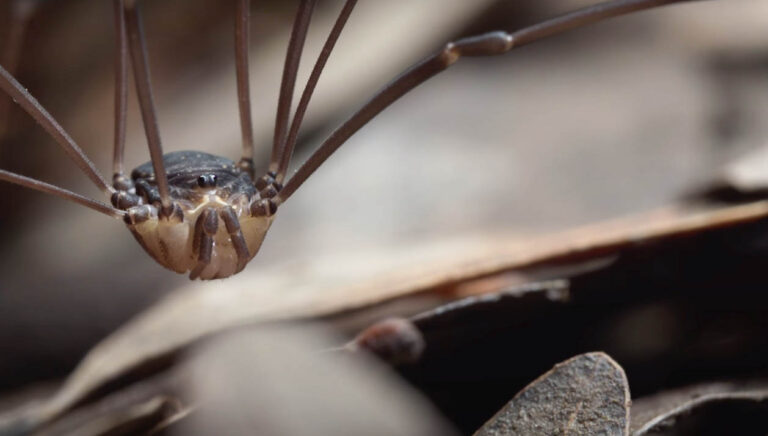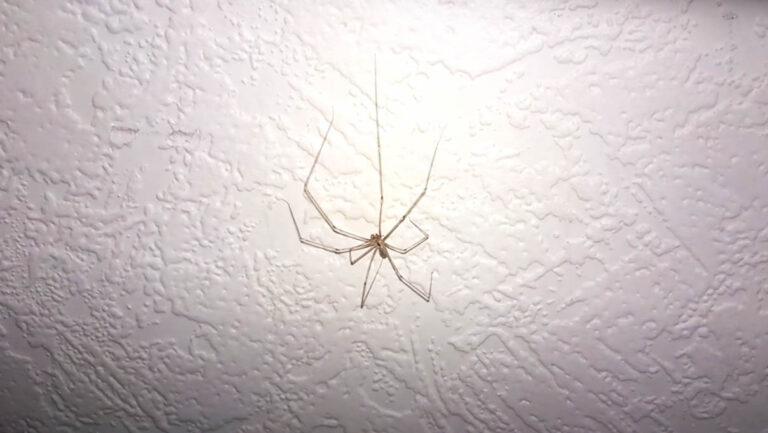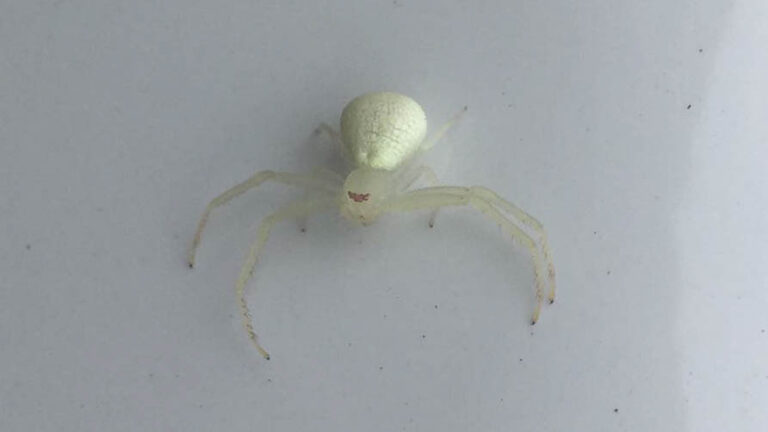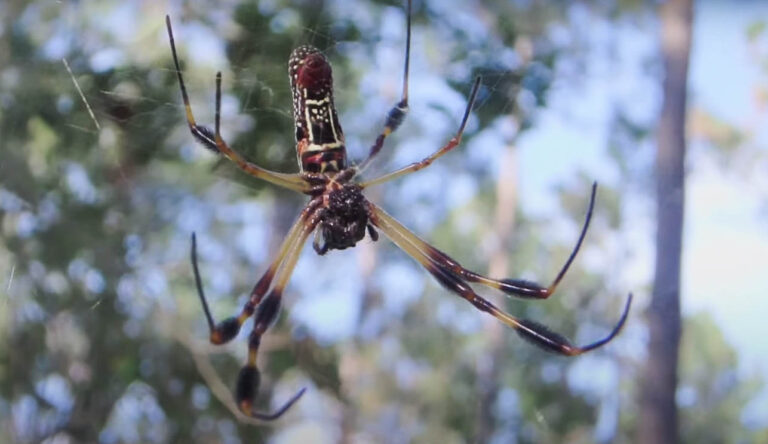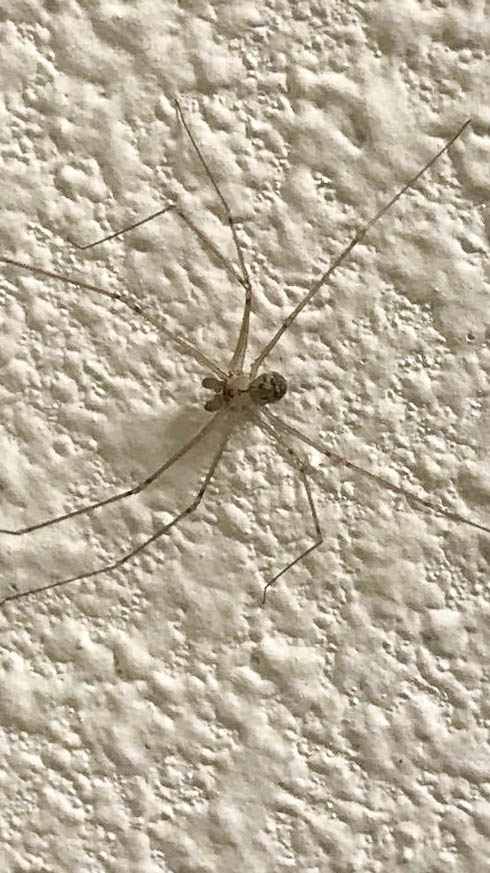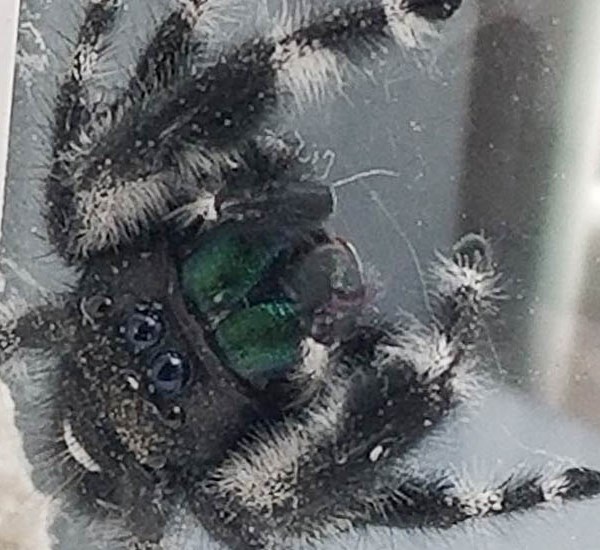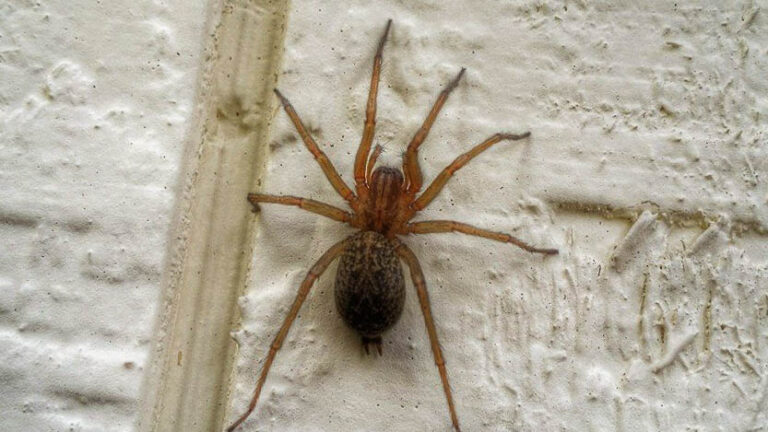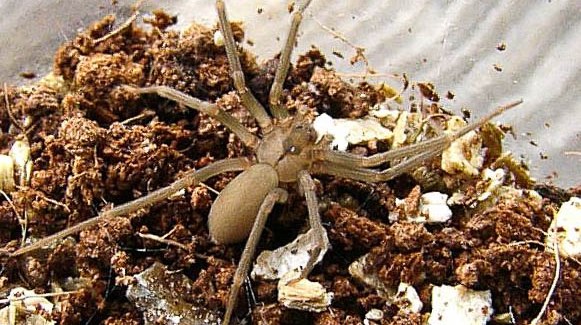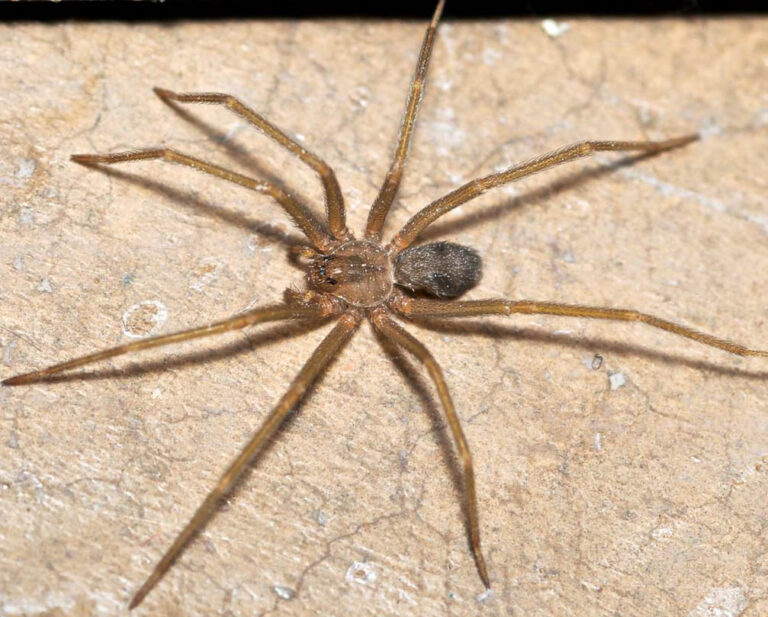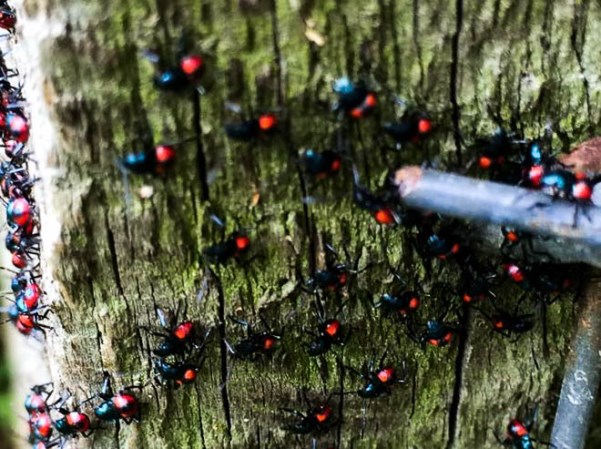About Wolf Spiders
About Wolf Spiders
Wolf spiders are known for their abled bodies and steady eyesight, making them excellent and active hunters, thus the name “wolf”. Unlike other weather-sensitive spider species, wolf spiders are distributed worldwide. As such, they can be found in grasslands, mountainous regions, rainforests, and even deserts. Like most spider species, wolf spiders rarely bite unless they feel threatened. Fortunately, their bite is not lethal but may require minimal medical attention. Wolf spiders spend most of their time on the ground while camouflaging on the decayed leaves and plants to hide from their prey and predators. Moreover, they sometimes dig holes in the ground to live in since they don’t weave webs.
Appearance
These spiders are brown, black, grey, or tan with darker markings on their dorsal parts. Besides that, their sizes range from 6mm to 3cm. However, their size and color vary according to their surroundings, considering that they use camouflage as a hunting strategy. Their eyes are arranged in lines—the bottom line with four eyes, the middle two large eyes, and the upper line with two eyes. At night, their eyes are shiny. Additionally, they have sensory bristles on their legs, making them very sensitive to touch.
Wolf spiders do not have flashy colors like other spider species. This species resembles the brown recluse, with the only difference being the missing violin mark on its back.
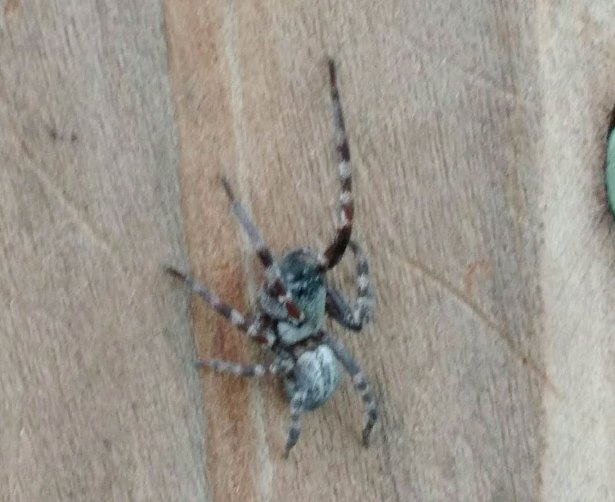
Behavior
Wolf spiders breakdown their prey by injecting venom enzymes that digest the internal organs of the prey. Besides that, they prey on insects, bugs, and pests. Some people refer to them as beneficial. The male wolf spider attracts the females by drumming palps on leaves or rhythmically shaking them. Female wolf spiders occasionally kill and prey on the male spiders after mating, but most of the time, the males escape. Wolf spiders always flee when faced with danger and only bite as a last resort for defense. Female wolf spiders are very loving parents. Therefore, they carry the newly hatched juveniles on their backs until they can fend for themselves. It is the only spider species that carries her offspring even after they have hatched.
Life Cycle
Female wolf spiders have a longer lifespan than males. Females can survive for several years, while males can last only up to a year. After laying her eggs, the females make a silky egg-case and carries it for 20-40 days. The egg-case holds approximately 100 eggs. When the eggs hatch, the females tear the egg-case to release the young spiders. The females carry their young ones on their back until they are old enough to move around venturing.
Habitat
Wolf spiders can live anywhere as long as there are insects to eat. They are generally ground insects as they spend most of their time on the ground. They will sometimes dig holes and live in them. Since they’re very resilient, they do not settle on a specific location for long. If the weather does not favor them outside, they will look for more comfortable conditions in homes.
Are Wolf Spiders Harmful?
Wolf spiders do not pose a significant danger to humans as their venom is made for paralyzing their prey. However, just like other organisms react when attacked, wolf spiders will bite to defend themselves.
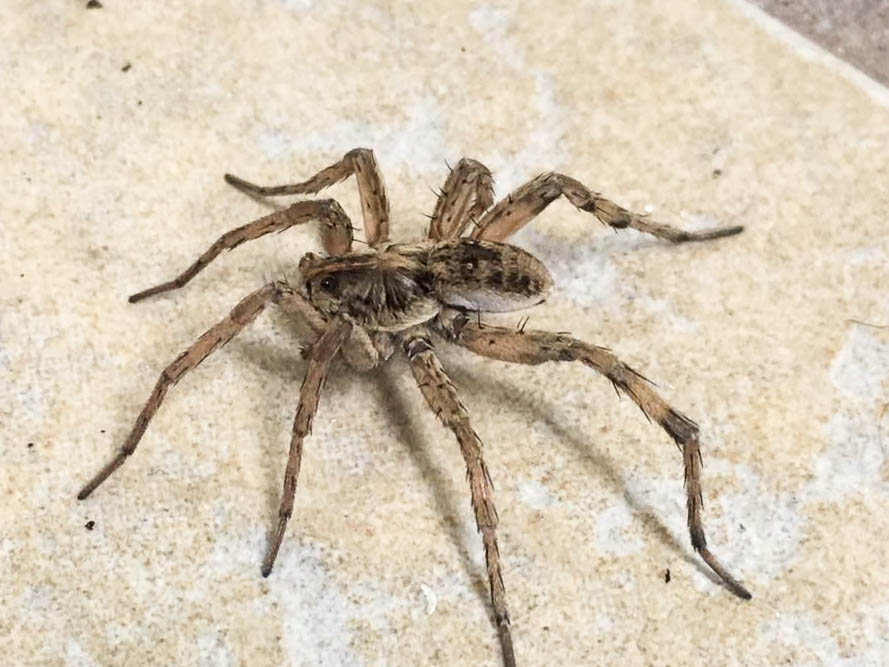
If it happens to you, the following symptoms will manifest; itching, swelling, and rashes on the bitten area. Treatment of a wolf spider bite will require the application of an ice pack to reduce the swelling. You can also take an antihistamine to counteract the itching allergy.
How to Control Wolf Spiders
Wolf spiders are cool insects that do not spin webs. It’s therefore rare to note their presence in the house, hence they are difficult to control. The following methods will work well to control this spider species.
- Strategically place glue traps where wolf spiders have been noticed
- Vacuum and clean the house regularly
- Use screens on doors and windows
- Seal cracks and crevices
- Use repellant spray to keep the insects away

